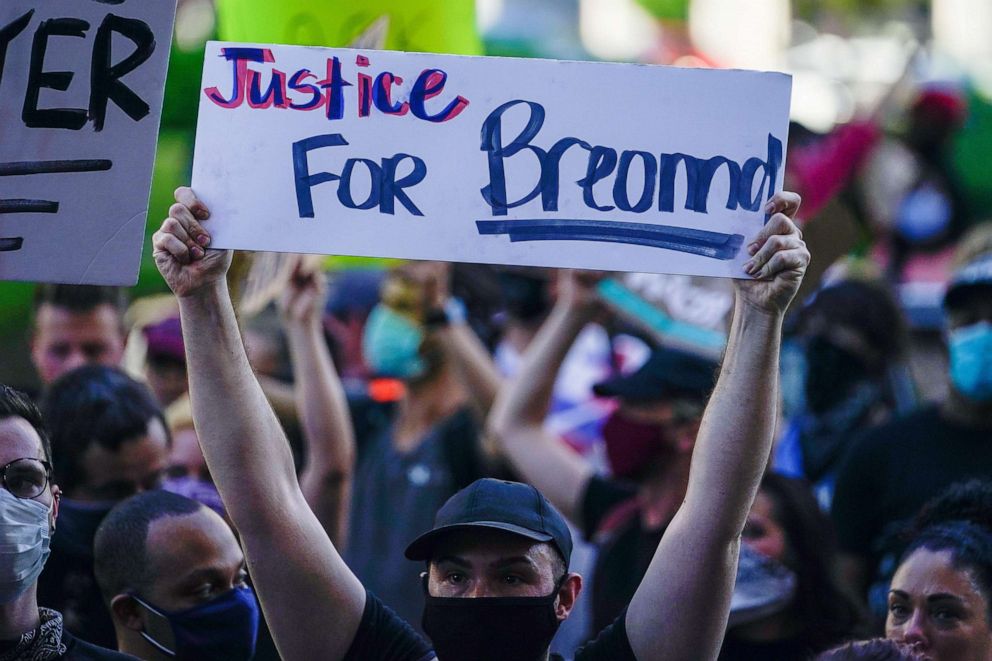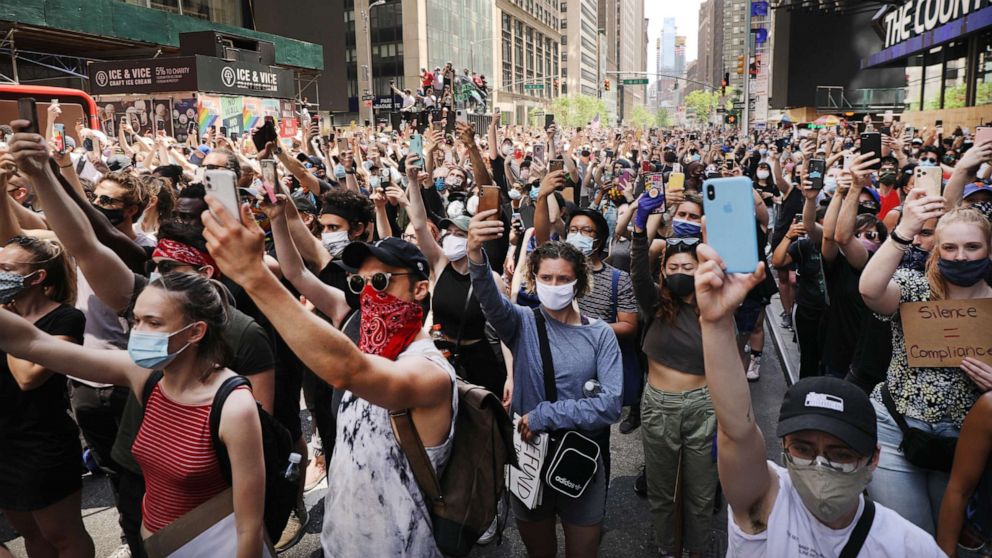How did we get here? Filmmakers on capturing history through their lenses
This report is part of "Turning Point," a groundbreaking month-long series by ABC News examining the racial reckoning sweeping the United States and exploring whether it can lead to lasting reconciliation.
In May, the world watched George Floyd die as a police officer pinned him to the ground by kneeling on his neck. The same morning that video was shared, documentary filmmaker Mike Shum knew exactly what he had to do.
“I remember sitting down and watching this really long video, cell phone footage, of this man in Minneapolis just dying,” Shum told “Nightline.” “At that point, all I knew to do was pick up my camera.”
The next day, protesters took to the streets in Minneapolis. The day after that, protests spread across the U.S., from Kentucky to New York to California. They continued for weeks.
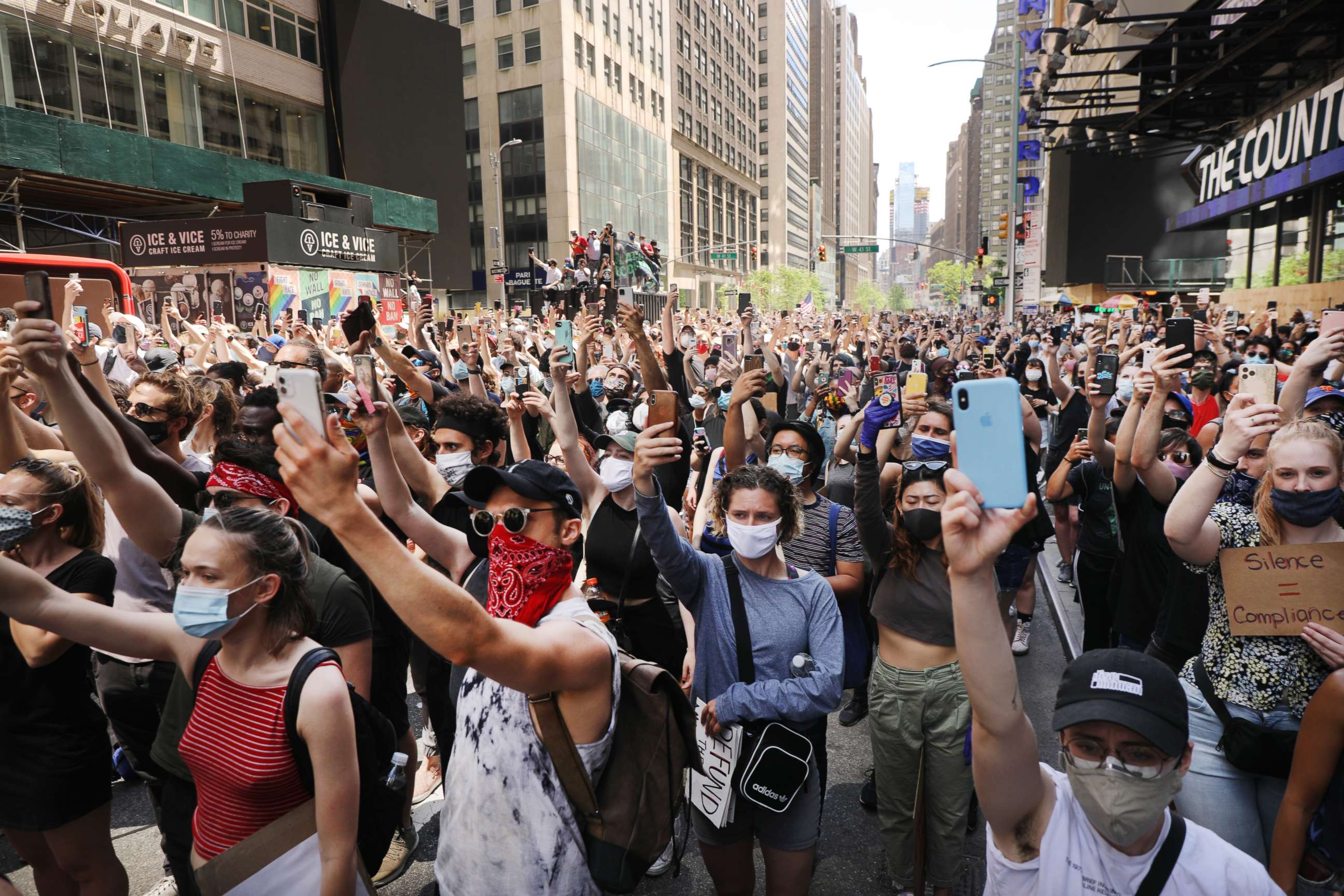
“It was clear how much pain there was,” said Shum, a 35-year-old from St. Paul, Minnesota. “It was a combination of tension and anger and frustration.”
Shum is one of four filmmakers who spoke to “Nightline” about being on the frontlines of history, capturing this pivotal moment for racial justice and equality in our country.
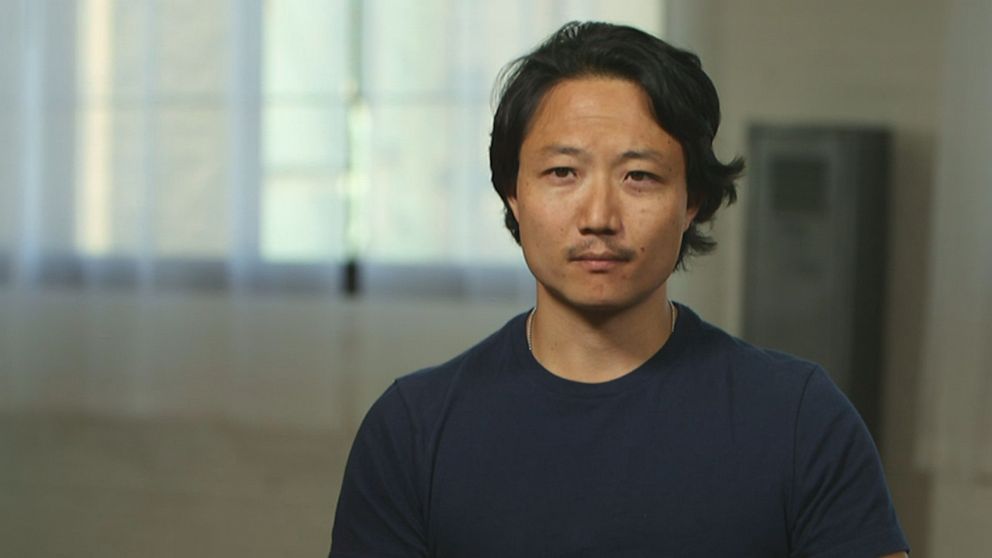
Chidi Nobi, a filmmaker and photographer based in New York, was also galvanized by Floyd’s death.
“I think when he died, there was a thing that came in that says, ‘COVID be damned. I'm just going to come out and do what I can do,’” he said.
Nobi said he knew Floyd’s death came amid extraordinary circumstances and that it would take its place in history.
“It was just capturing the people's emotions and anger and frustration and everything coming to a head because … a lot of people have lost their jobs or [been] furloughed... We're all stuck [at] home for months on end, and this tragic thing happened,” he said. “I did know at that moment in time that we [were] going to be [in] a moment in history, which, should be captured.”
Shum feels his work shows “just one angle” of a much larger story.
“When I’m at the protests and rallies. I'm primarily a filmmaker. I'm just there to record the events as they happen,” Nobi added. “I remain impartial. I record both sides. And I let the story play out and tell itself.”
Nobi spent the summer traveling between the boroughs of New York City, documenting the reckoning on racial inequality in the United States.
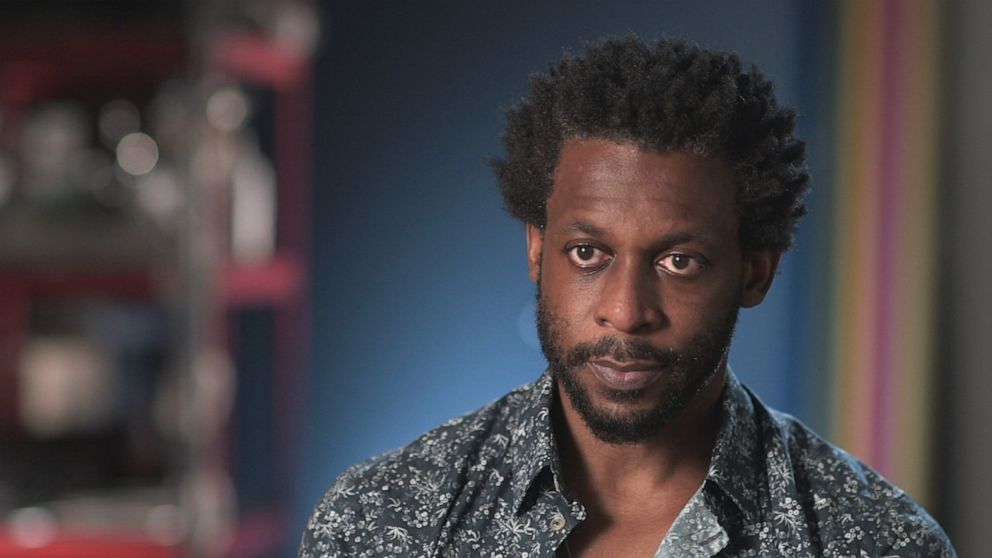
“This story never ends. And you just keep on. You know, you just keep on shooting,” he said.
History in images
Celebrated poet and activist Nikki Giovanni, 77, was a little girl when 14-year-old Emmett Till was lynched in Mississippi in 1955.
“I know that we expected the law to find them guilty,” she said. “Of course, the law said, ‘Not guilty,’ as if it were a joke.”
Till’s mother famously insisted on holding an open-casket funeral to show the world the atrocity of her son’s killing.
“His mother was the bravest woman that I know,” Giovanni said. “Mrs. Bradley said, I want the world to see what they did to my son.”
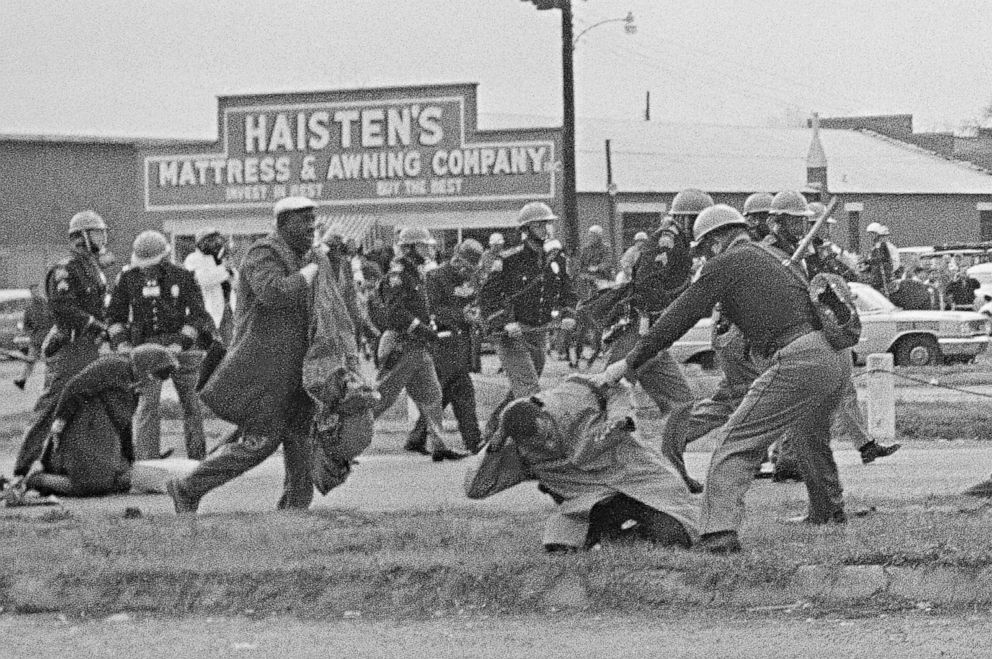
The photo of his mutilated body was published internationally, joining a collection of iconic images that framed the civil rights era, from photos of the Little Rock Nine to Norman Rockwell’s painting, “The Problem We All Live With,” and photos of the late Rep. John Lewis being beaten on Bloody Sunday.
“When I think about the images of John Lewis on that bridge, those marchers during Bloody Sunday being bludgeoned, I can’t help but think about the importance of visual imagery,” Rep. Terri Sewell of Alabama told “Nightline.”
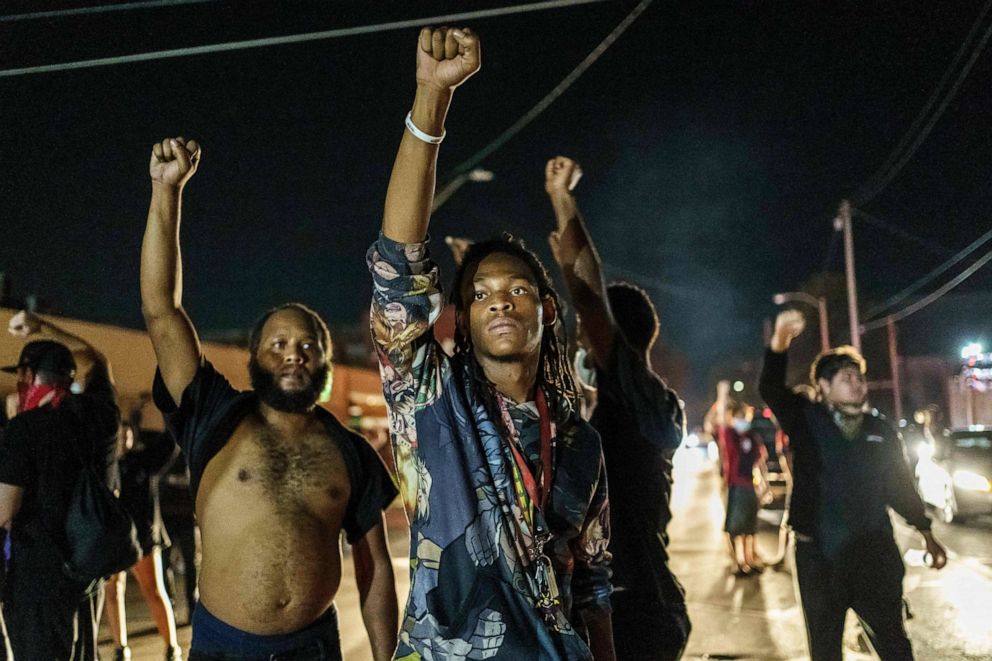
Today, almost everyone carries a camera and can therefore play a role in capturing history.
“Nightline” co-anchor Byron Pitts remembers his own role in documenting the Los Angeles riots in 1992.
“I was a young reporter,” he said. “Then, like now, I find myself covering that same level of frustration and anger and streets across America.”
Ashley O’Shay, a 27-year-old cinematographer and documentarian from Chicago, attended her first protest in 2012.
“I was actually in college … when Trayvon Martin was killed,” O’Shay said. “That was really the genesis for the current movement for Black Lives [Matter]. At the time, of course, we didn't know that.”
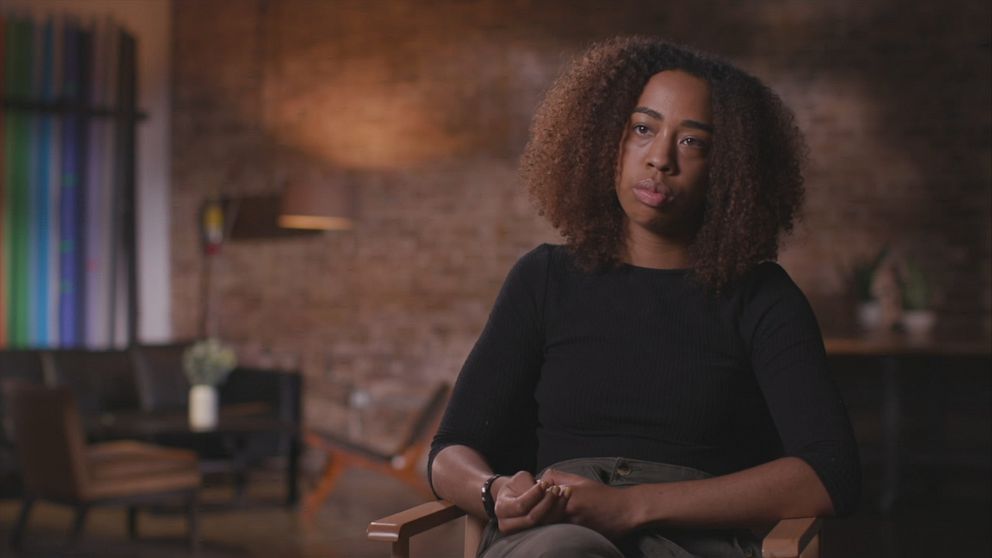
Two years later, Michael Brown was killed by police officer Darren Wilson in Ferguson, Missouri.
Activist DeRay Mckesson was one of the many who took to the street for 400 days in the city.
“If we had not stood in the street [for] Mike Brown, people would’ve said that we didn't exist,” he told “Nightline.” “I've always thought about protesters telling the truth in public. That part of what we do is we use our bodies to say, ‘Here's what’s true.’”
The first time O’Shay brought her camera to a protest, it was during the fall of 2015. That’s when she started working on her documentary “Unapologetic,” which she says looks into the Black Lives Matter movement in Chicago, “told through the experiences of two young Black queer women.”
“I think a hallmark moment for me was the mayor decided to release the police footage of Laquan McDonald being killed,” she said. “There was literally a wall of police that was protecting this property.”
O’Shay says that “who is behind the lens matters as much as who is in front of the lens.”
“When I go out into the field with my camera to document a protest or event around me, I'm still a Black woman in America,” she said. “That's still how people are gonna see me. And that's not something I feel I can abandon because I have a camera in my hand.”
Photographers, artists and filmmakers are inextricably linked to how we’ve arrived at this moment in civil rights history.
“If not for the lens, white supremacy would try and convince you that [this history] literally never happened,” Mckesson said.
